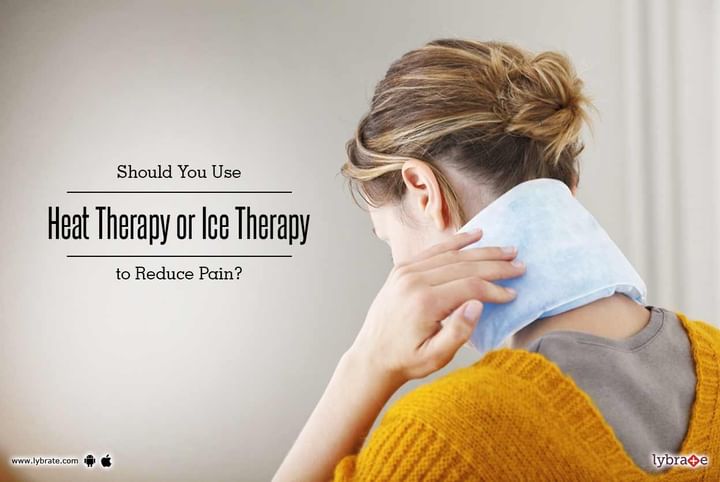Should You Use Heat Therapy or Ice Therapy to Reduce Pain?
Heat and cold are some of the most common types of non-addictive pain relief therapies for treating muscle and joint pain. Depending on whether the pain is a new one or a recurring one, a medical practitioner will prescribe either heat therapy or cold therapy. A new injury causes inflammation and swelling. Here cold therapy is used as the ice will lower the amount of blood flow to the injured area, thus reducing the inflammation and swelling. Recurring pain can be treated with heat. This is because heat will cause blood to flow towards the injured area and thus promote healing.
Heat Therapy: Heat is used to open up blood vessels, thus increasing blood flow and supplying oxygen and nutrients so as to reduce pain in joints and help relax sore muscles, tendons and ligaments. The warmth of the heat also helps to decrease muscle spasms and can increase the range of motion. By applying superficial heat to your body, you can also improve the flexibility of tendons, reduce muscle spasms and reduce pain.
Most sources of heat either supply dry or moist warmth. Dry heat sources will dry the skin. Moist heat helps to penetrate even better. Heat can be applied by using an electric or microwave heating pad, gel packs or hot water baths. The heat supplied should be warm, not be too hot and should be kept at a consistent temperature. Consult your doctor or physical therapist about the heat source, which would be best for you.
Heat should be applied if one has stiff joints or joint pain. Never apply heat directly to the skin, instead always trap the hot device in a thin towel.
Cold Therapy: Cold slows down or reduces the blood flow to an injured area, thus reducing pain and swelling of the area. Cold therapy slows blood circulation, reducing inflammation. It should be used when the area is swollen or bruised. Cold is generally applied by an ice or gel pack.
Any cold treatment should always be used 24 to 48 hours after an injury. Cold therapy is useful for sprains, bumps and bruises that may occur during sports or lifting. You can apply the cold packs or ice bags to the injured areas for 20 minutes. It is advisable to remove the cold pack for a ten minute interval and then apply it again to the injured area.
While using cold therapy, use the ice pack for not longer than 20 minutes at a stretch. Wrap the ice or ice pack in a thin towel before applying it on the injured area. Do not use ice pack on the left shoulder in case you have a heart condition. Never use ice packs around the front or side of the neck region. Both cold and heat therapy are important and their usage depends on the type of injury and pain. If you wish to discuss any specific problem, you can consult a physiotherapist.



+1.svg)
